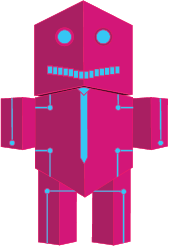OPEN SOURCE
Open Source Software is important to The Walt Disney Company. Disney has established an Open Source Program to encourage our developers to utilize Open Source, contribute to Open Source projects, and to release software as Open Source. We’ve created this site to highlight Disney’s Open Source projects. We encourage you to explore our projects and we welcome your collaboration and contributions. This is just the beginning; there’s more to come, so stay tuned!
Interested in working with us on projects like this and more? Check out our current job opportunities at http://disneytech.com.
FEATURED OPEN SOURCE PROJECTS
MORE OPEN SOURCE PROJECTS

ssm-session - Interactive shell with an instance via AWS Systems Manager Session Manager (ssh and cssh replacement), ssm-run - Run a command on multiple instances based on instance tags or names (mco and knife replacement)
This Terraform module configures a Kinesis Firehose, sets up a subscription for a desired CloudWatch Log Group to the Firehose, and sends the log data to Splunk. A Lambda function is required to transform the CloudWatch Log data from "CloudWatch compressed format" to a format compatible with Splunk. This module takes care of configuring this Lambda function.
Trace Metrics is an IntelliJ plugin which makes use of New Relic trace annotations to make navigable connections between source code and live production metrics.

The JERI Viewer is an easy-to-use, interactive component that can be embedded in websites and web-based documents for viewing JavaScript Extended-Range Images.
meteor-base is a base Docker image for use by Meteor apps built using a multistage Dockerfile.

Groovity is a modular scripting language and runtime built on open source foundations including the Java™ Programming Language and virtual machine, and the Groovy scripting language and compiler. Groovity is typically used by software developers to create server-side applications such as web sites and REST APIs using a variety of convenience features that reduce development cycles and code complexity.
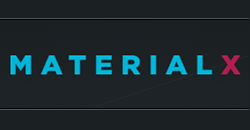
MaterialX is an open standard for transfer of rich material and look-development content between applications and renderers. Originated at Lucasfilm in 2012, MaterialX has been used by Industrial Light & Magic in feature films such as Star Wars: The Force Awakens and real-time experiences such as Trials on Tatooine.

Universal Scene Description (USD) is the first publicly available software that addresses the need to robustly and scalably interchange and augment arbitrary 3D scenes that may be composed from many elemental assets.
The Cucumber Slices Plugin is a Maven Plugin for parallel testing of Cucumber scenarios. The plugin can be used in combination with either the Maven Surefire Plugin or the Maven Failsafe Plugin.
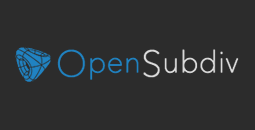
OpenSubdiv is a set of open source libraries that implement high performance subdivision surface (subdiv) evaluation on massively parallel CPU and GPU architectures. This code path is optimized for drawing deforming surfaces with static topology at interactive framerates.

munki is a set of tools that, used together with a webserver-based repository of packages and package metadata, can be used by OS X administrators to manage software installs (and in many cases removals) on OS X client machines.
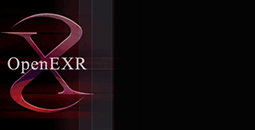
OpenEXR is a high dynamic-range (HDR) image file format developed by Industrial Light & Magic for use in computer imaging applications.
The ruby-jss project provides the JSS module, a Ruby framework for interacting with the REST API of the JAMF Software Server (JSS), the core of the Casper Suite, from JAMF Software, LLC. The module abstracts API objects as Ruby classes, which interact to allow simpler automation of Casper-related tasks.

SeExpr is an embeddable, arithmetic expression language that enables flexible artistic control and customization in creating computer graphics images. Example uses include procedural geometry synthesis, image synthesis, simulation control, crowd animation, and geometry deformation.
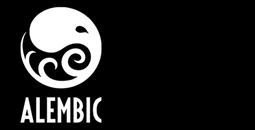
Alembic is an open computer graphics interchange framework. Alembic distills complex, animated scenes into a non-procedural, application-independent set of baked geometric results. This 'distillation' of scenes into baked geometry is exactly analogous to the distillation of lighting and rendering scenes into rendered image data.
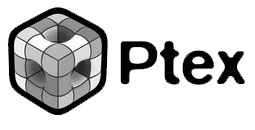
Ptex is a texture mapping system for production-quality rendering: No UV assignment is required! Ptex applies a separate texture to each face of a subdivision or polygon mesh. The Ptex file format can efficiently store hundreds of thousands of texture images in a single file. The Ptex API provides cached file I/O and high-quality filtering - everything that is needed to easily add Ptex support to a production-quality renderer or texture authoring application.

Partio is an open source C++ library for reading, writing and manipulating a variety of standard particle formats (GEO,BGEO,PTC,PDB,PDA). It also has a python API and a collection of simple command-line tools.
